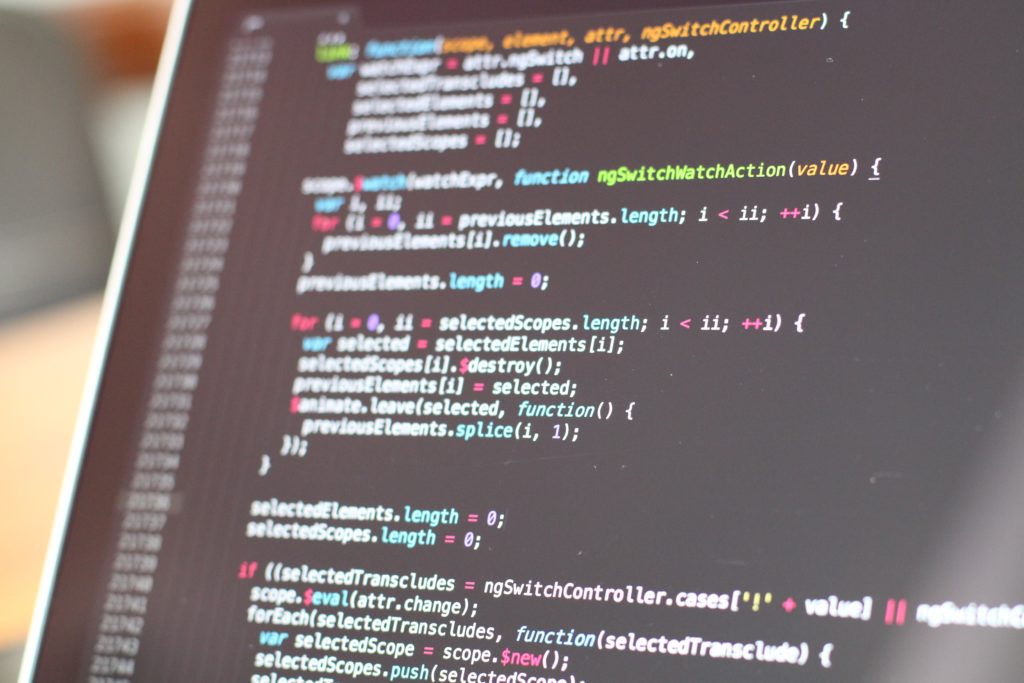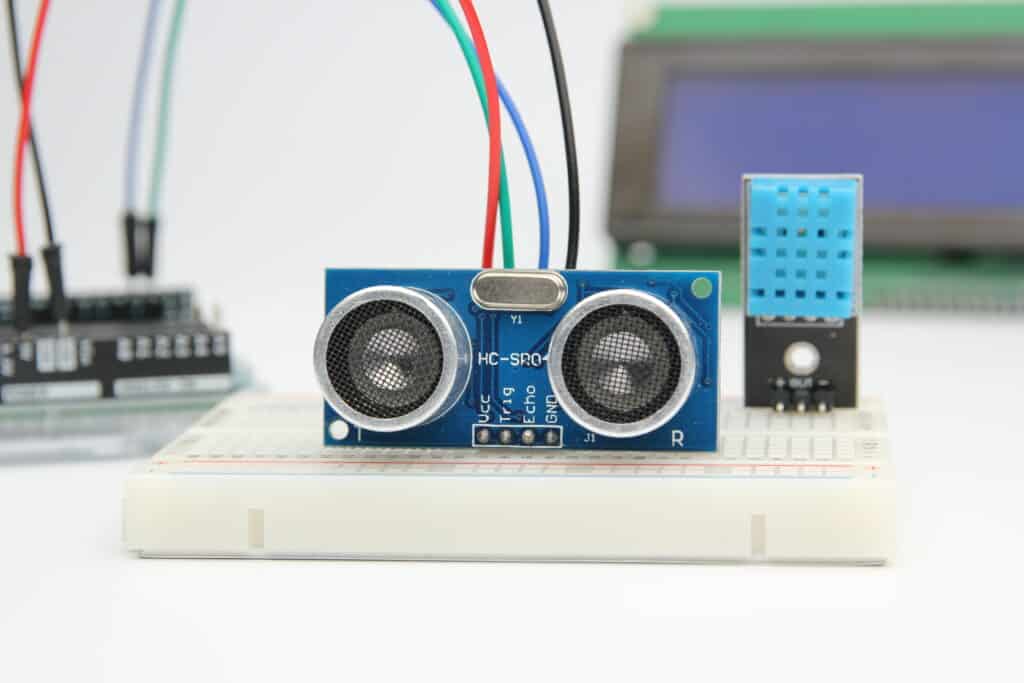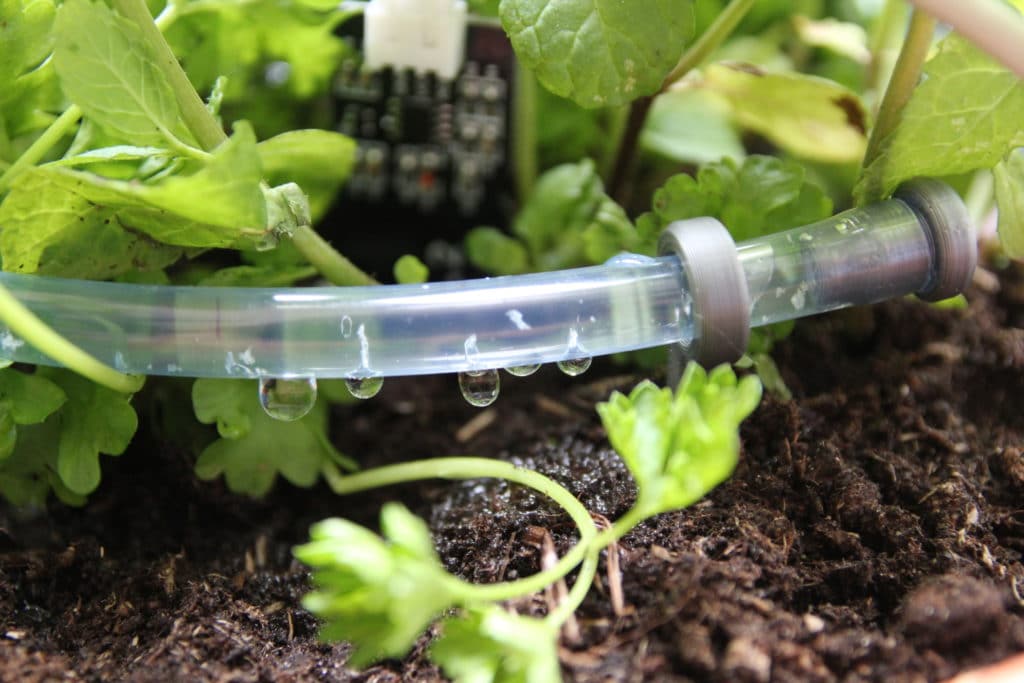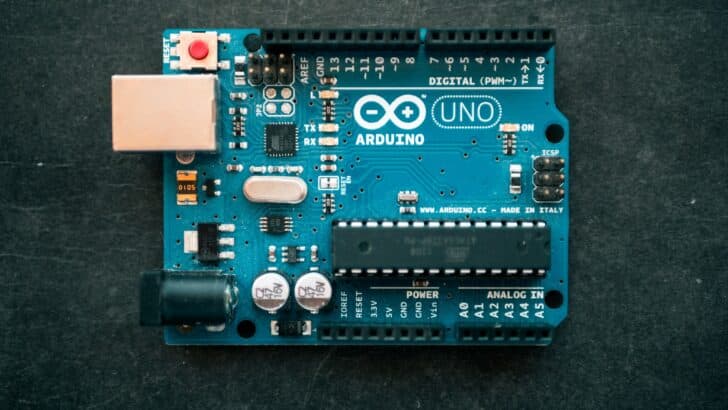Arduino is a great way to get into the world of electronics. It’s highly versatile, with dozens of uses. It’s also great for people with little to no experience. So, is Arduino easy to learn?
Arduino is fairly easy to learn. In most cases, you will be able to pick up the basics within two to three months. If you already have some experience with computer programming, you should be able to learn Arduino within one to three weeks.
Arduino is known as being ideal for beginners, as you don’t need a lot of knowledge to start using it. Keep reading to learn the best way to get started with Arduino.
Components of Arduino
Before we can start to calculate how long it will take you to learn Arduino, we first need to pinpoint what you need to learn. In this case, there are two elements you will need to master. These are:
- The software. You will need to learn how to program your Arduino, so you get the output that you want. To do this, you will need to be familiar with the C++ programing language.
- The hardware. These are the physical components of your circuit board. To use this, you will need to learn some basic skills, like the ability to use a soldering iron.
While these are the two most important components, we can break them down even further. This will give us a more accurate idea of how long it will take you to learn the skills needed to complete basic projects.
Learning to Program Arduino
Is Arduino coding easy? This is one of the most common questions asked by people thinking about learning this skill.
Like most things, it will help if you have some experience in the world of computer programming. In particular, if you have some experience using C++ programing language.

The Arduino Integrated Development Environment (IDE) is the Arduino software that is used to write and upload programs to Arduino compatible boards.
Arduino IDE is very similar to C and C++ programming languages. If you know how to use either of these already, then it shouldn’t take you too long to get the hang of programing with the Arduino IDE.
All you will need to do is spend some time learning the syntax of the new language. It should only take you a few days.
If you are a complete beginner, you should also be able to pick up the Arduino IDE fairly easily. While C++ is the best language, it isn’t the only one you can use.
You might be able to write code in Python, which is one of the easiest languages to learn. If you are starting from scratch, you’ll have a lot to learn about the world of computer programing.
Because of this, you should plan to dedicate around one to two months to learn how to write Arduino code. You might be able to go a little faster if you have a good teacher.
You can also successfully use Arduino without knowing how to code yourself – either by copy and pasting code that has been written by others, or by hiring or collaborating with someone else who does know how to code.
We have many tutorials here at MakerGuides.Com where we provide example code that you can copy and paste to use for your own projects.
Due to the open source nature of Arduino, you’ll find thousands of examples around the internet like this, where people have posted code for others to freely use; making it quite possible to use Arduino without knowing how to code yourself.
Learning How to Use the Hardware
The other element that you will need to master is the hardware. This can range from being very simple, to a little more complex, depending on the exact hardware you’re wanting to use or the project you want to create.
There are several hardware components that you will be able to use. These can include, for example:
- Barometric pressure sensor
- Infrared obstacle detection sensor
- Microphone
- Temperature sensor
- Lights
- Motors & drivers

There is a huge variety of sensors and components that you can use with Arduino. This will allow you to perform a wide range of functions.
However, before you can start to use them, you’ll need to connect them to the circuit. This will require the use of a soldering iron. It won’t take you long to learn how to operate this piece of equipment.
The more complex part will be learning where to attach everything, which pins to connect to and which components are best suited to what you want to build.
This will require a basic knowledge of electronics, which could take a few weeks to pick up from scratch, or you can fast track the learning curve by taking a course.
Resources Available to Help You Learn Arduino
At first glance, learning how to use an Arduino can seem like a lot of work.
The good news is that it is a lot easier than it looks. Remember, there are plenty of resources available online that aim to make the process of learning to use this as simple as possible.
Most of these will be aimed at complete beginners, talking you through everything that you will need to know.
There are some fantastic online courses which will really speed up the learning curve and provide a logical step by step structure to your learning.
You don’t necessarily need to pay for courses though. There are plenty of free tutorials to explore as well. For example, you’ll be able to use YouTube. Or you can read web articles or blog posts like those we feature on this website.
You should also be able to find free Arduino sketches and code. Reading through this code will give you a better idea of how these programs work.
Often, the best place to go if you are new to the world of Arduino or want to learn more about a topic is the official website.
It will have a manual of the machines and an outline of how they work. They also have forums, so you can get help from the community.
Because Arduino is so popular, there are plenty of projects available for you to complete. Many of these will have simple step-by-step instructions for you to work through.
The complexity of these projects can vary from the very simple right through to more complex idea like making robots.
What You Need to Start Learning Arduino
When you are planning to learn a new skill, you need to get the right equipment. Here is a table detailing what you will need and how much it will cost:
| Material | Cost |
| Arduino UNO starter kit | Between $100 to $200 |
| Starter book with project ideas | $20 |
| Computer | Use one you already have! |
| Reliable internet connection | Already in use! |

This is all you need when you are just getting started. Any advanced sensors can be purchased later.
The amount that you will need to spend will depend on what will be included in the starter kit. Generally, though, it won’t cost too much to get started. You’ll be able to get everything you need for under $200.
The Best Way to Get Started
So, is it to learn Arduino? The answer will often depend on the way you are learning. You shouldn’t spend all your time listening to lectures on theory. If you do this, your excitement will quickly start to dissipate.
Often, the best way to learn the Arduino will be by completing projects. This will give you plenty of hands-on experience. The good news is that there are plenty of project ideas online for you to check out.
Try to pick something that has detailed instructions and plenty of pictures, like our example for making an automated plant watering system.

It’s a good idea to start with a simple project. This won’t be anything amazing. It might be as simple as making a blinking light.
Aim for something that can be completed within a few hours. At this stage, you don’t want to be writing the code yourself. You just want to get used to putting everything together and learning how all the elements interact.
After this, it’s a good idea to move on to more advanced projects. Each new project should be more challenging than the last.
Make sure that you are focusing on a new element each time. This can be learning to use the programing language or adding a new sensor.
If you get stuck, there are plenty of online resources you can turn to. A quick Google search will tell you that there are dozens of projects where you ca learn from someone with more experience.
What Else Affects How Quickly You Will Learn?
Multiple factors will determine how quickly you will learn the Arduino. These include:
- The amount of time you dedicate to learning. Ideally, you should be able to dedicate a few hours each day to the Arduino. Like all skills, consistent daily practice is the best way to fast-track your progress.
- Level of programming experience. For many people, trying to learn how to write computer code will be the most difficult aspect. If you already have some skills in this area, they will prove to be fairly useful.
- The type of course you are using. Sometimes, you won’t mesh with the personality of the instructor. If this is happening, feel free to move to the next instructor. This is one of the joys of having so many courses to choose from.
- Motivation. There will be times in everyone’s learning journey when they start to feel like they are getting bogged down or are struggling to grasp a topic. When this happens, it can help to have a strong motivation. For example, you might have a project that you want to complete with the Arduino.
Final Thoughts
Many people have asked is Arduino hard to learn? The good news is that Arduino has earned a reputation for being very user-friendly. Because of this, it is suitable for children from the age of 10 upwards. This is a great way of helping them learn about computer coding and circuits.
In most cases, it will only take two to three months to pick up the basics of this software. From there, there is no limit to the type of things you can do using an Arduino. Hopefully, this has inspired you to pick up an Arduino and start learning how to use it today.
Benne is professional Systems Engineer with a deep expertise in Arduino and a passion for DIY projects.

